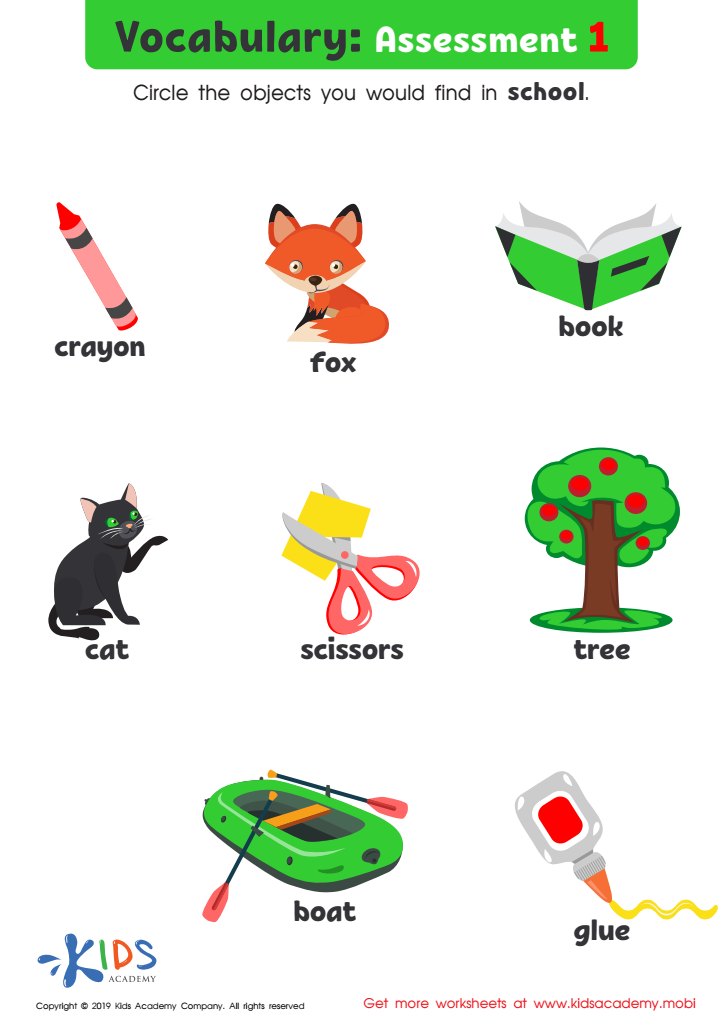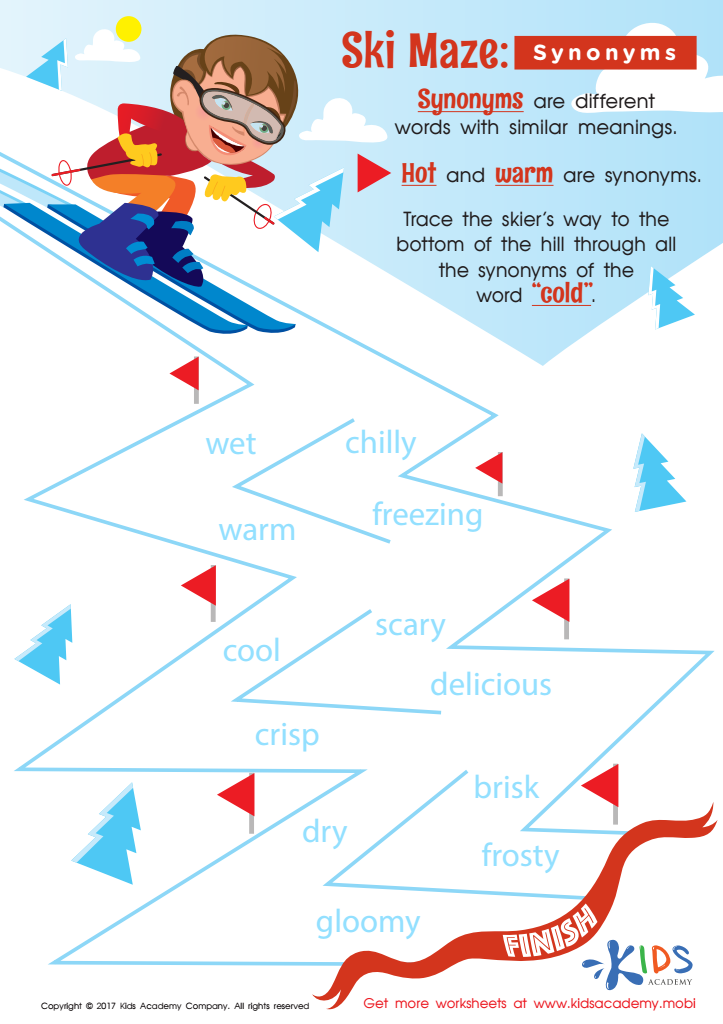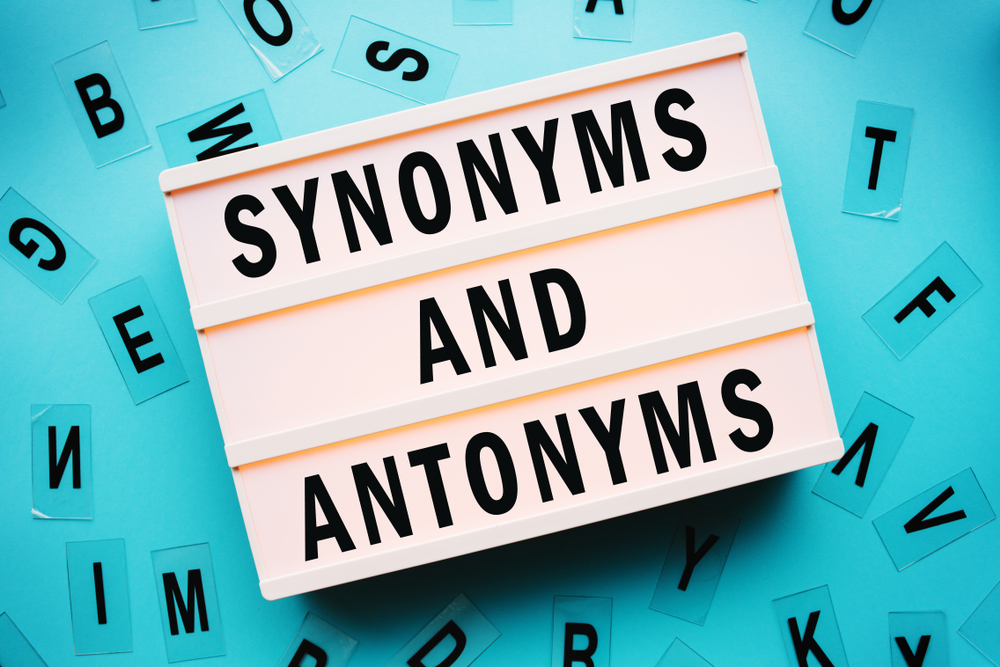Synonym identification Reading Worksheets for Ages 4-9
3 filtered results
-
From - To
Discover the joy of learning with our Synonym Identification Reading Worksheets designed for children ages 4-9! These engaging worksheets help young learners enhance their vocabulary while exploring the concept of synonyms. By recognizing words with similar meanings, kids develop critical reading and language skills essential for academic growth. Our user-friendly activities are tailored to various skill levels, ensuring every child can participate and have fun. With colorful illustrations and interactive exercises, these worksheets foster a love for language and learning. Perfect for classrooms or at-home practice, our resources make mastering synonyms enjoyable and effective! Start your child's vocabulary journey today!


Synonym Check Worksheet


Vocabulary: Assessment 1 Worksheet


Free Printable Synonym Worksheet
Synonym identification is a critical skill for young readers aged 4 to 9, serving as a gateway to language development and comprehension. When parents and teachers encourage children to identify synonyms, they enhance vocabulary acquisition and expose them to the richness of language. Understanding synonyms fosters language flexibility, allowing children to express themselves more precisely and creatively.
Moreover, synonym identification contributes to improved reading comprehension. As children learn that different words can convey similar meanings, they develop contextual understanding, aiding their ability to make connections between texts. This skill also fosters critical thinking, as children learn to discern subtle differences in meaning, nuance, and context among synonyms.
Additionally, practicing synonyms can instill confidence in children's reading abilities. When they recognize alternatives for familiar words, it can empower them to tackle more challenging texts and enhance their communication skills. An enriched vocabulary is key to academic success, and early exposure to synonyms lays a strong foundation for lifelong language proficiency.
Ultimately, prioritizing synonym identification not only boosts reading skills but also encourages a love for language, motivating children to explore, express, and engage in effective communication throughout their lives. For these reasons, both parents and teachers play a pivotal role in this developmental journey.

 Assign to My Students
Assign to My Students








.jpg)











